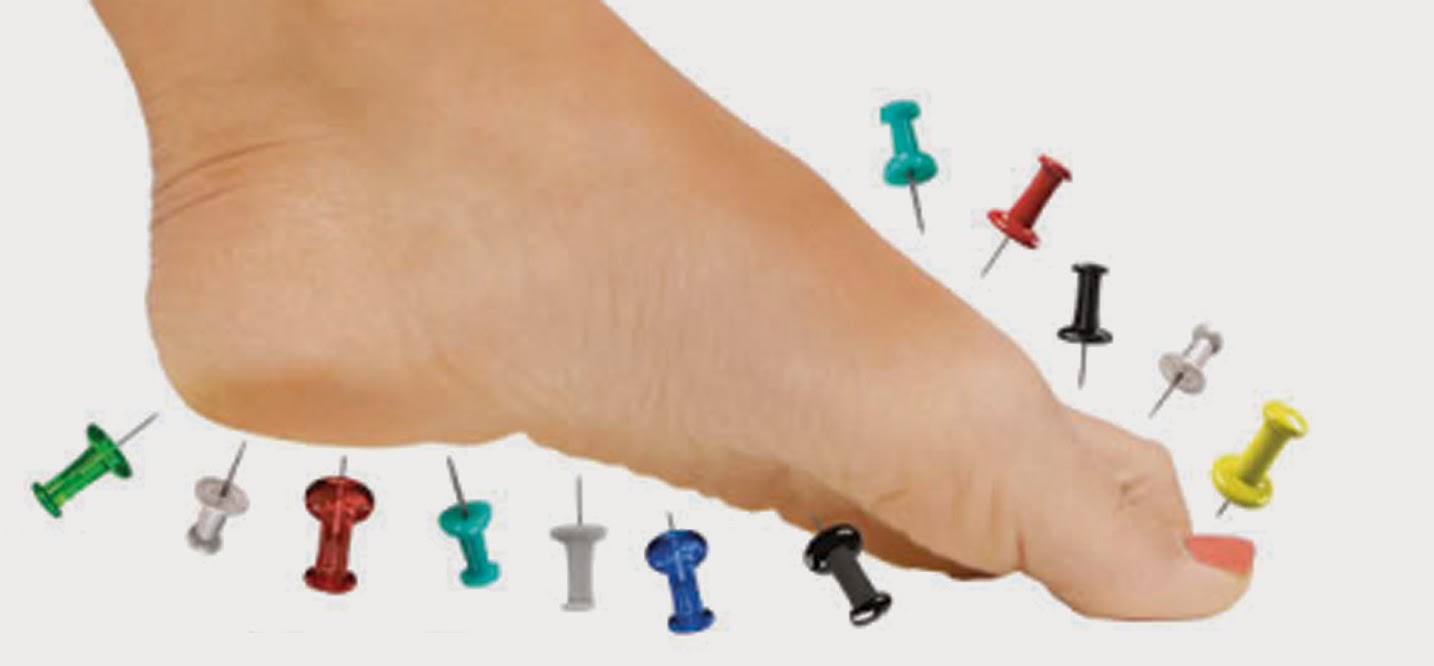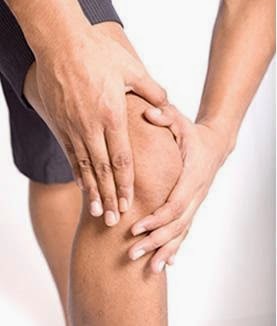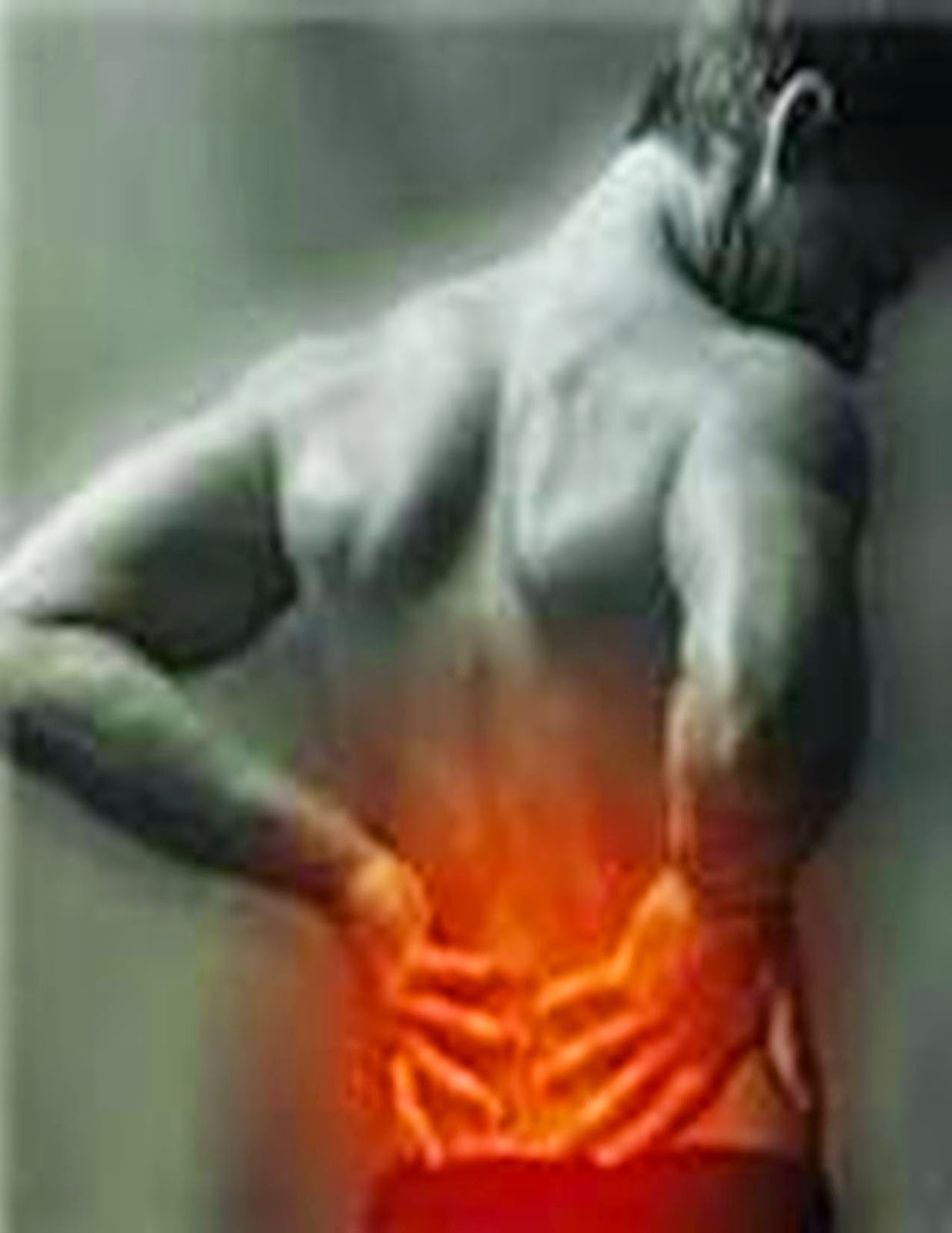Unlike common misconception,
neuropathy is not a single set of complication but it is a more complex medical
condition that was believed earlier. Just like its symptoms, the medical
terminology directs its effort in treating it as an ‘idiopathic disease’. Often
diagnosed late, the condition largely affects the peripheral nervous system.
Peripheral neuropathy is a disordered condition that leaves lacunae in the
peripheral nervous system giving rise to a pulsating back pain and neck pain and
not headaches. Neuropathy does not affect any part of the brain and hence the
risk involved is much less. Spinal cords and vertebrae are major centres of pain
in this condition.
Conditions that cause
poly-neuropathy are likely to be physical trauma on playground or an accidental
injury. Food infection and fungal infection can also lead to the conditions.
Some drugs and toxin agents have also been involved in serious bouts of
neuropathy. Metabolic disorders like diabetes and cirrhosis of liver can also
lead to common bouts of peripheral neuropathy.
When to seek a
medical advice
Neuropathy
treatment has to be treated by a certified
neurologist who may extend a comprehensive drug and IPM module treatment to
cure the condition once the symptoms and causes are established. As a standard
procedure, it is essential to underline the fact that the patient may suffer
from muscle pain, numbness and handicapped reflexes in basic motor action. It
may involve complete withdrawal from alcohol and other prescriptive drug as it
may interfere with the overall process.
Immediate consultation with a neurologist can help
in controlling the condition as there have been reported cases where the
peripheral neuropathy have aggravated into autonomic nervous disorders and
caused bowel and bladder crisis. It may also lead to momentary loss of
consciousness, persistent dizziness and difficulty in foot coordination.
Why it remains a
silent treatment: An Overview
Neuropathy
treatment largely focuses on the region of
centralized pain. This includes the automatic nerve centres which handle the
involuntary nervous coordination in the body. Motor nerves and sensory nerves
also figure in the cumulative treatment under Interventional Pain Management
procedure (IPM). Since neuropathy affects more than one nerve, the treatment is
rather subjective as far as what degree of pain can be cured trough one single
procedure. Often multiple visits might be required to be treated from this
condition. IPM Procedures for neuropathy treatment have brought a flood of recently developed curative
formulae that have brought relief to thousands of patient suffering from this
condition.
Neuropathy is felt as a burning sensation
around the limbs and pelvic region. It
also involves loss of sensory feeling and muscular motion which could render
the patient insensitive to extreme heat, pain, cold or even severe cut.
Diabetic patients are at their greatest risk as any cut may severely lead to gangrene
and if left untreated doctors may have to amputate the body part to save life.
Most common cases of neuropathy may include the nervous suppression by
adjoining nervous chamber or muscular inflammation.
Doctors
may choose to treat the patient using botox injections and chemical neurolysis.
Physicians may also direct a session of radio- frequency ablation with epidural
steroidal injection to relieve pain instantly.






